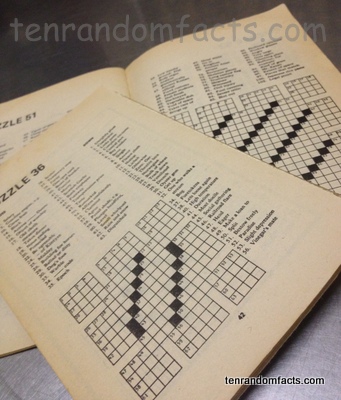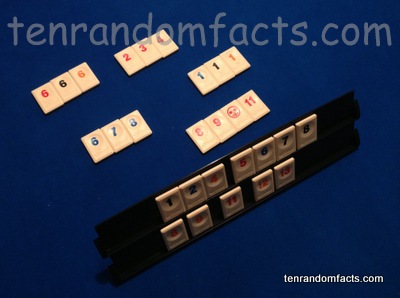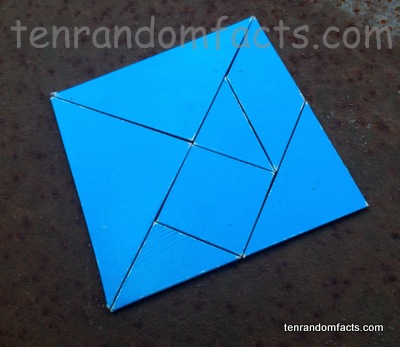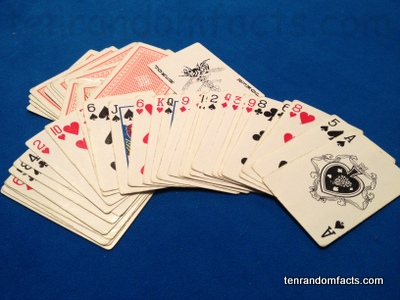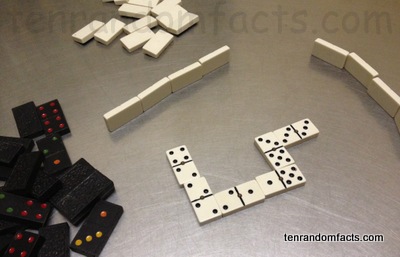
Dominoes – a fun family game…
- Dominoes is a game that involves matching the game pieces, rectangular ’tiles’, on a flat surface and each domino tile has a number of spots, or none at all, at each end of the tile that must be matched with another of the same number of spots.
- ‘Dominoes’ is also spelt ‘dominos’, while the spots on the dominoes are also known as ‘pips’, and the game pieces, called ’tiles’, are also known as ‘bones’, ‘stones’, ‘cards’, ‘spinners’ and ‘tickets’.
- Dominoes were first documented in China between 12 and 13 century AD, and in the western world were initially played in Italy in the 1700s, and from there it spread throughout Europe.
- Bone, ivory or hardwood were the original domino materials, and some other materials such as stone, metal, ceramics and glass have been used, but modern dominoes are generally made from plastic or resins.
- European domino sets, which generally differ slightly to Chinese dominoes, have 28 tiles, but sets with up to 253 have been made, but are rare and are more than enough to suit eight players.
- They most common sets of dominoes are known as ‘double six’ or ‘double nine’, which have 28 and 55 tiles respectively, with values of zero to six and zero to nine.
- Dominoes are played with two to eight people, depending on the quantity of tiles, making it a great family game, the aim of which is to be the first to rid your hand of all your tiles, blocking your opponents as you do so.
- Dominoes have often been used to create what is known as ‘domino effects’ that are lines, or many other things such as spirals, of dominoes standing on their ends, that when one is toppled over the rest should follow in turn.
- Chinese dominoes were originally made to represent all the possible throws of two six-sided dice, with some added duplicates to make a set of 32.
- To this day, it is uncertain whether the game of dominoes derived its name from the word ‘domino’, that once referred to the black hood-like accessory that priests wore, or directly from the word ‘dominus’, meaning lord or master.
Bibliography:
Dominoes, 2013, Wikipedia, < https://en.wikipedia.org/wiki/Dominoes>
Dominoes Information, 2013, Domino Games, < http://www.domino-games.com/>
Amazon: Fishpond: 





